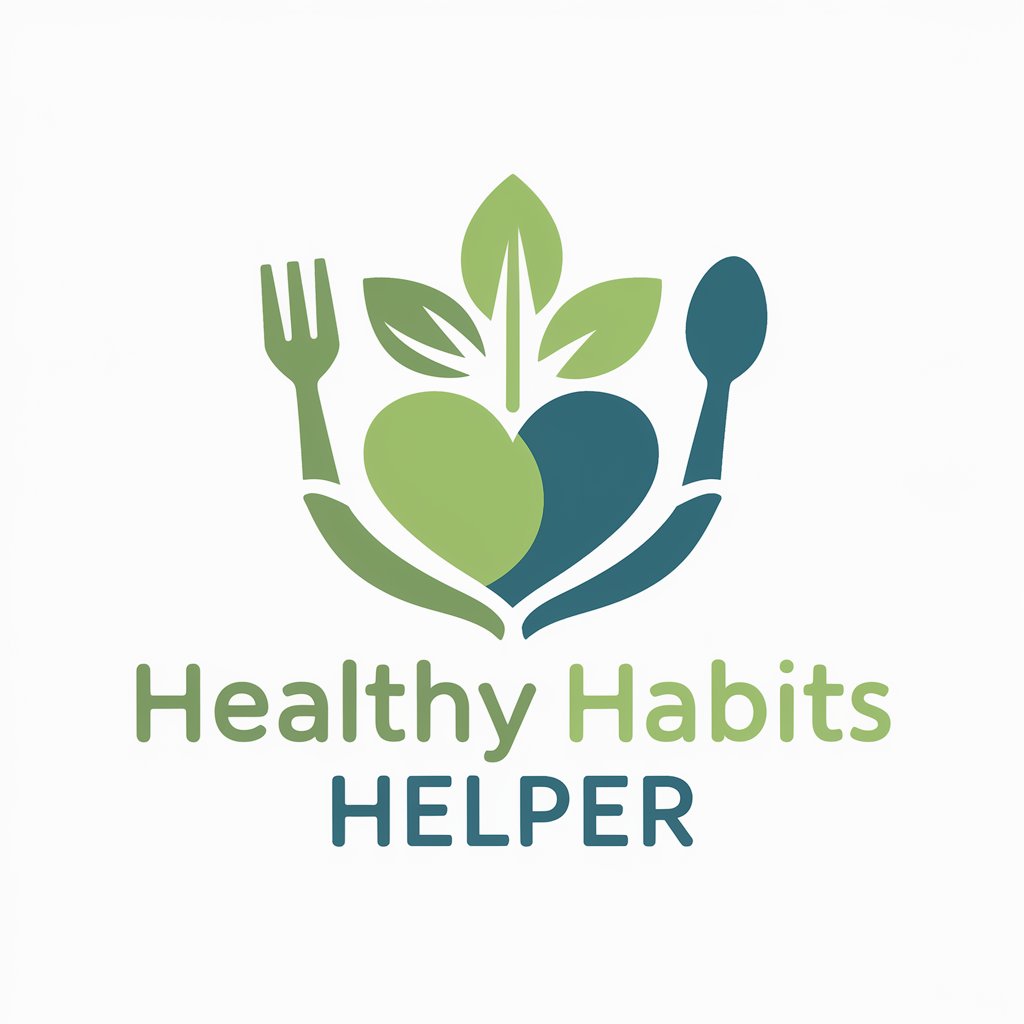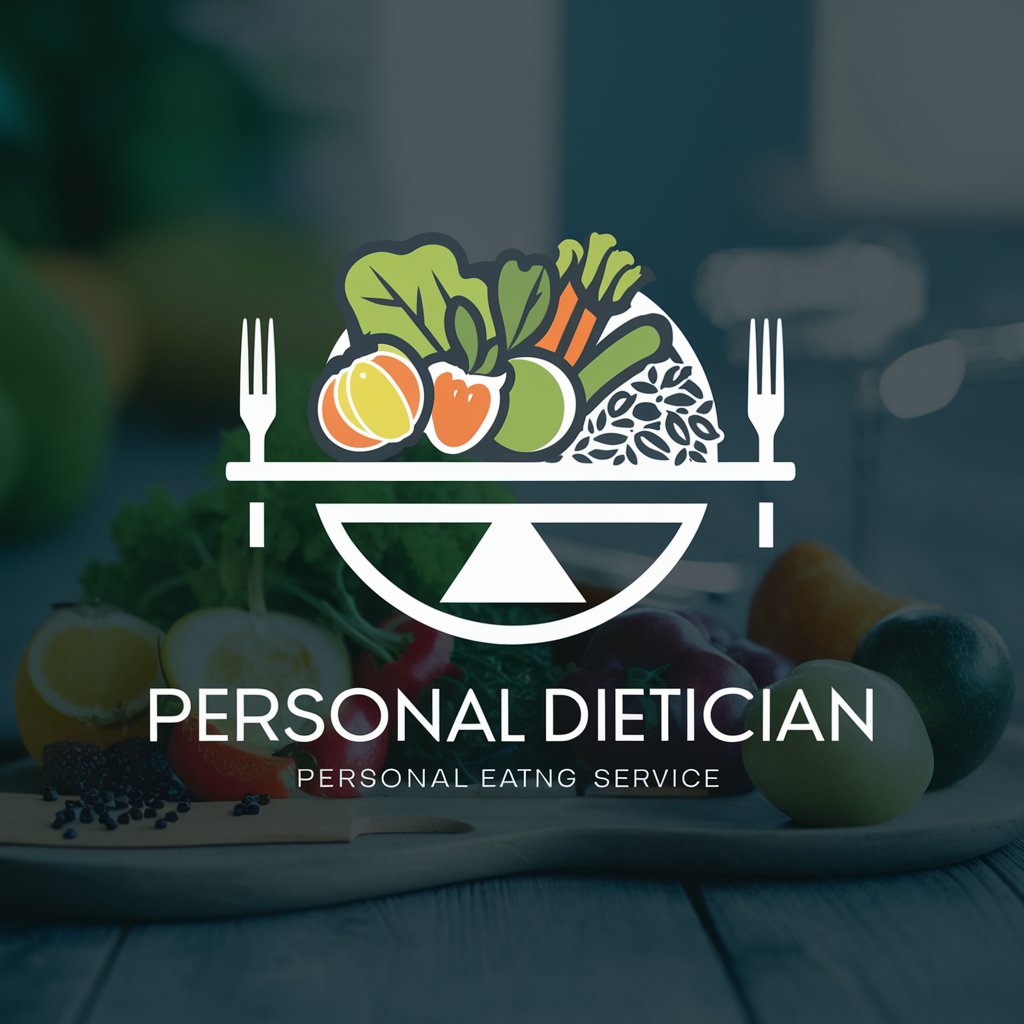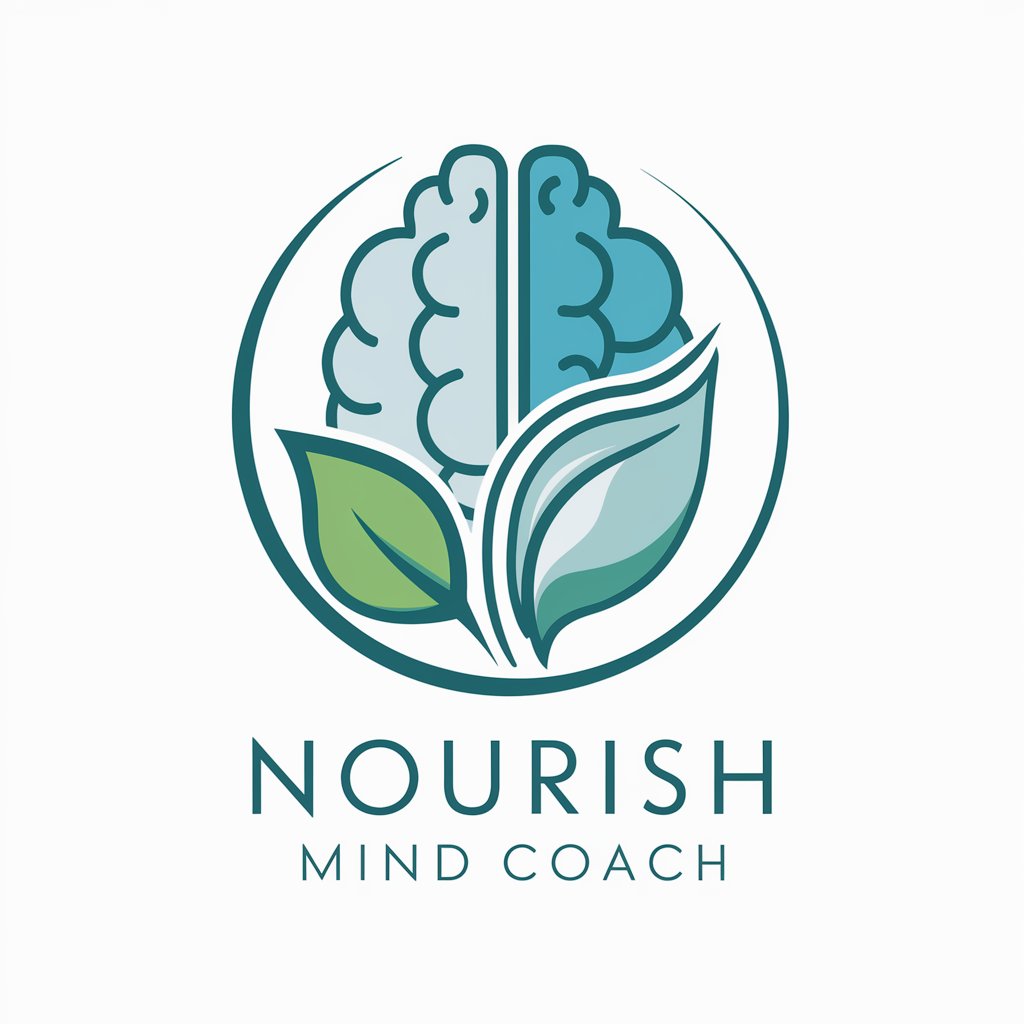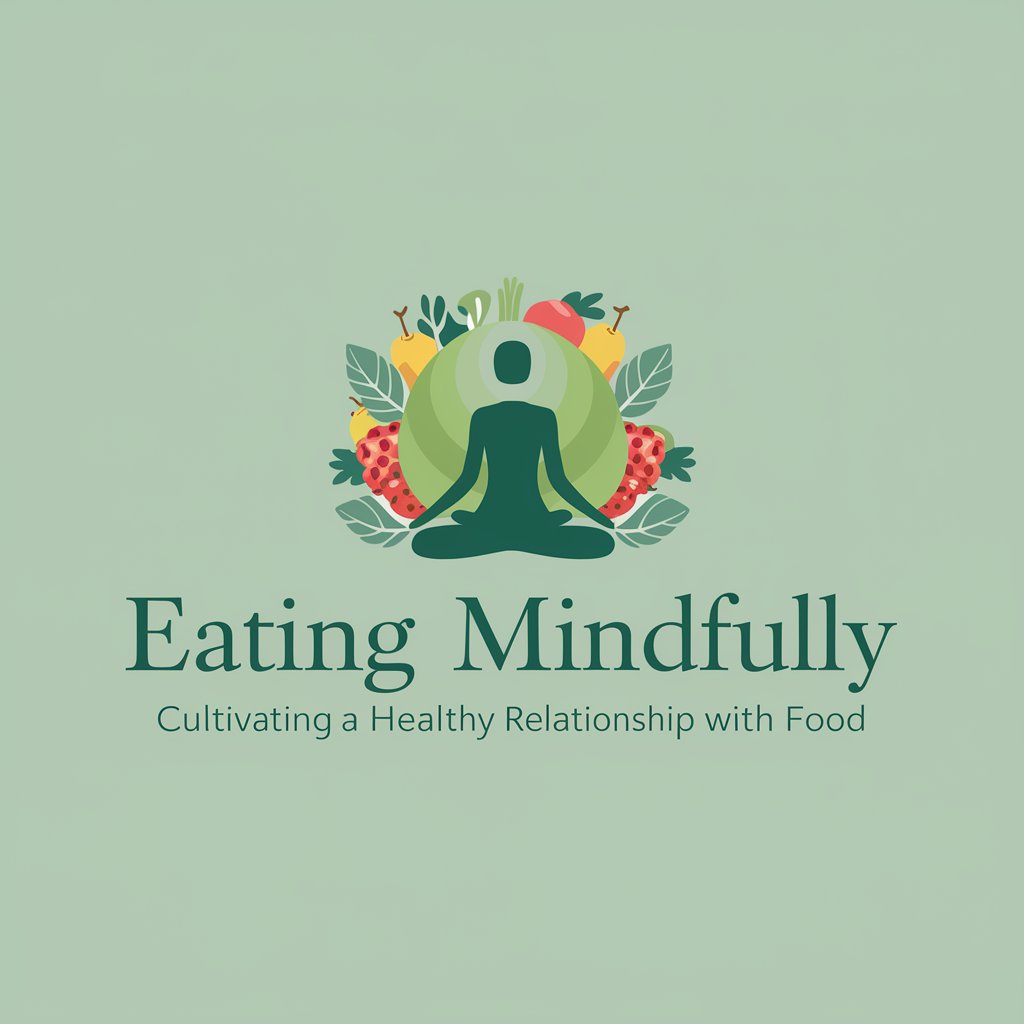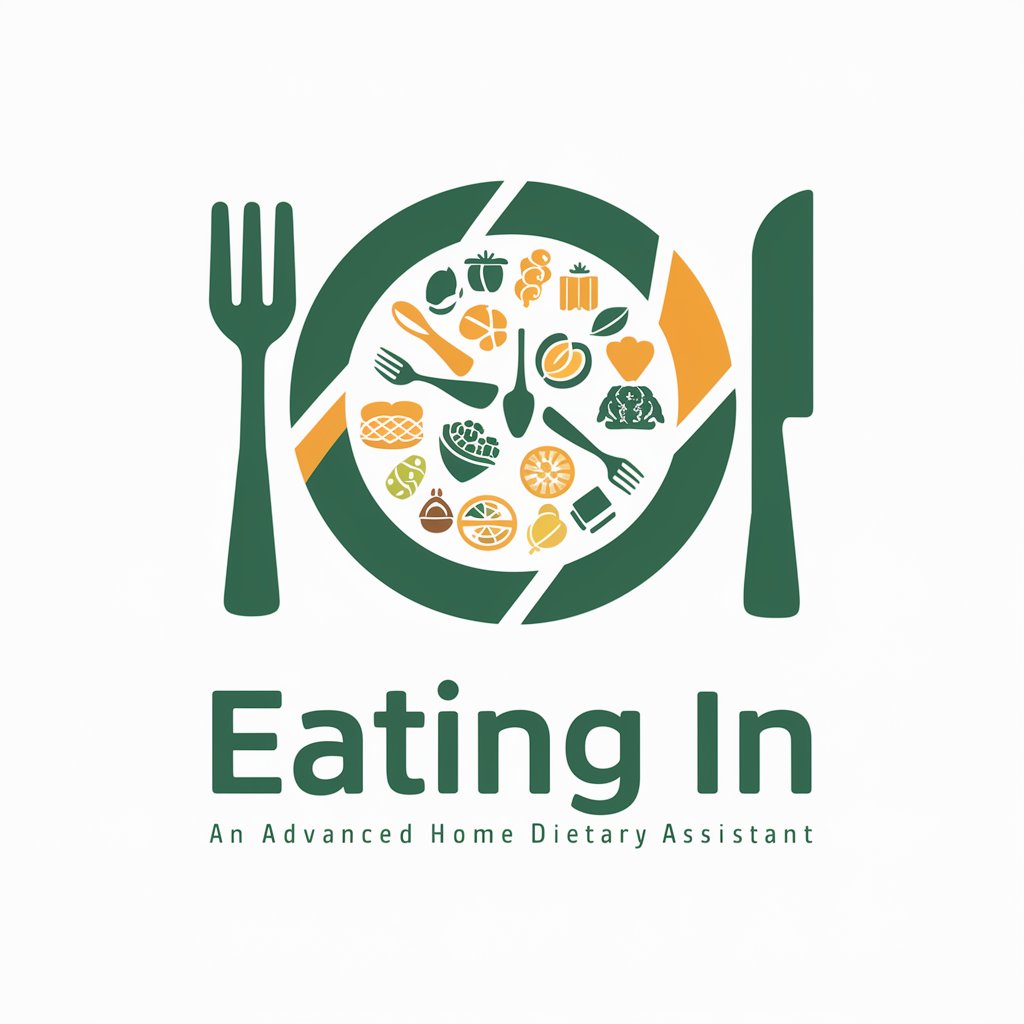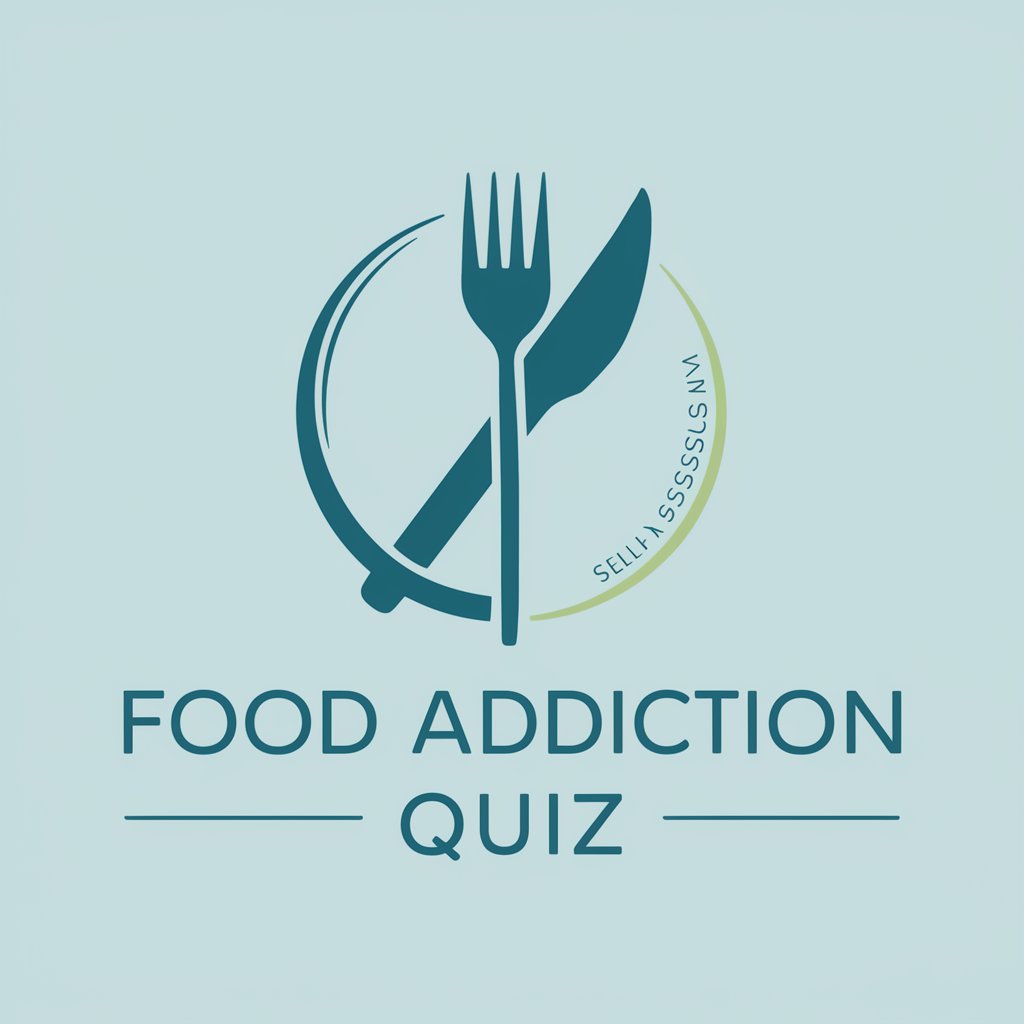
Eating Disorder - Eating Disorder Support Online
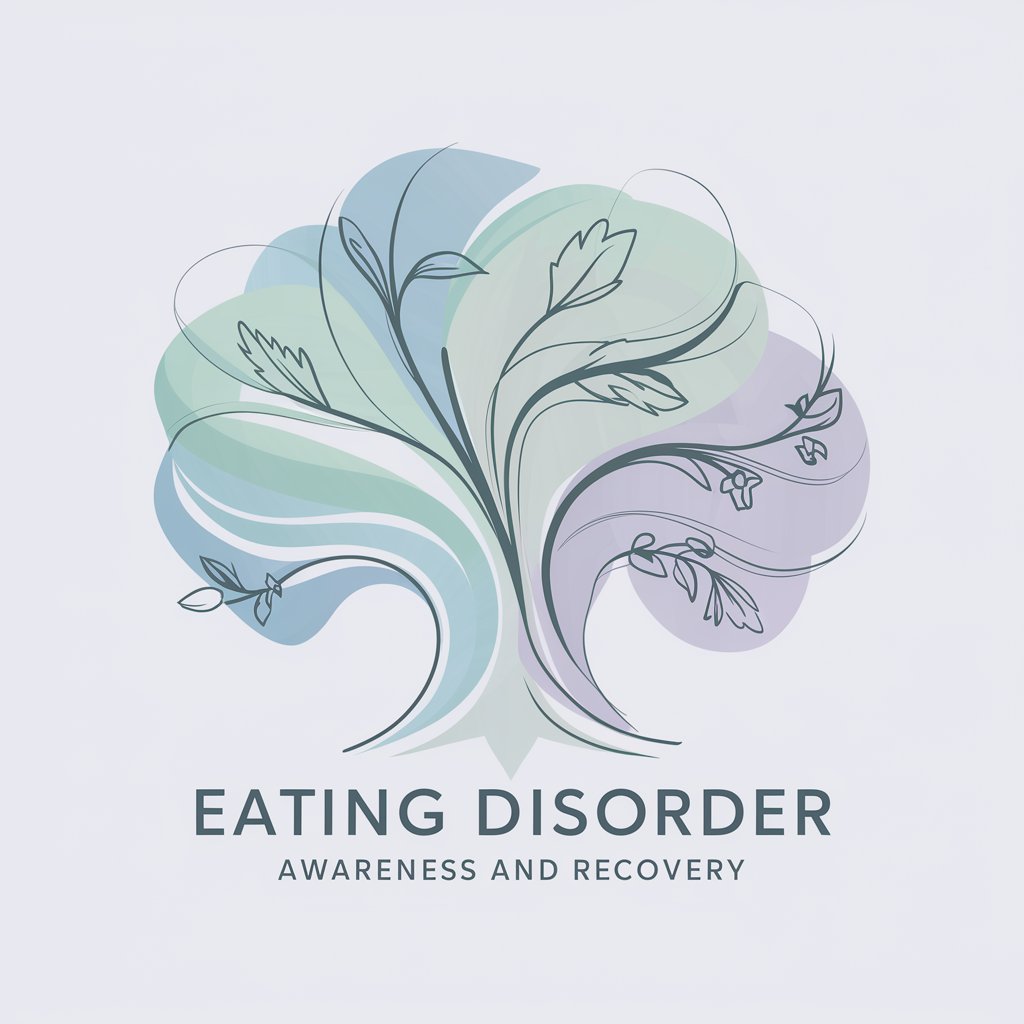
Welcome! How can I support you with eating disorder information today?
Navigate Eating Disorders with AI-Powered Support
Can you explain the symptoms of anorexia nervosa?
What are the common treatment options for bulimia?
How can someone cope with binge-eating disorder?
Where can I find professional help for eating disorders?
Get Embed Code
Introduction to Eating Disorder GPT
Eating Disorder GPT is a specialized artificial intelligence model designed to address the complexities surrounding eating disorders, including anorexia, bulimia, and binge-eating disorder. Its primary purpose is to provide accurate, compassionate, and helpful information tailored to individuals seeking understanding, support, and guidance on eating disorders and their recovery journey. Through a user-friendly interface, this GPT offers insights into symptoms, treatment options, coping strategies, and encourages users to seek professional help. For instance, a user struggling with recognizing the signs of an eating disorder can receive detailed information about symptoms to watch for and encouragement to reach out to healthcare professionals. Powered by ChatGPT-4o。

Main Functions of Eating Disorder GPT
Information and Education
Example
Explaining the psychological and physical symptoms of bulimia, including frequent episodes of binge eating followed by purging, and the potential health consequences.
Scenario
A high school health teacher preparing a lesson on mental health and eating disorders uses the GPT to gather comprehensive details to educate students.
Support and Guidance
Example
Offering strategies for coping with the urge to binge eat, such as mindfulness techniques, and emphasizing the importance of seeking therapy.
Scenario
An individual who suspects they might have a binge-eating disorder finds strategies to manage their condition before they're able to get professional help.
Resource Connection
Example
Providing a curated list of online support groups, therapy options, and contact information for eating disorder specialists.
Scenario
A family member of someone struggling with anorexia uses the GPT to find local support groups and professional resources to offer their loved one.
Ideal Users of Eating Disorder Services
Individuals with Eating Disorders
People experiencing symptoms of eating disorders or those in recovery can benefit from the tailored information and support, helping them understand their condition better and encouraging them to pursue recovery.
Loved Ones and Caregivers
Family members, friends, and caregivers of individuals with eating disorders can access resources and guidance on how to provide support, understand the disorder, and encourage treatment.
Educators and Healthcare Professionals
Teachers, counselors, and healthcare providers seeking to expand their knowledge on eating disorders to better support and guide those affected in their professional capacities.

How to Use Eating Disorder AI Tool
Start Your Journey
Begin by visiting yeschat.ai to access a free trial of the Eating Disorder AI tool without the need for signing in or subscribing to ChatGPT Plus.
Identify Your Needs
Reflect on your specific questions or areas of concern related to eating disorders. This could include seeking information about symptoms, treatment options, or coping strategies.
Engage with the Tool
Use the tool by typing in your questions or concerns. The AI is designed to understand and respond to a wide range of inquiries related to eating disorders.
Utilize Feedback
Provide feedback on the responses you receive. This helps improve the accuracy and relevance of information provided by the tool.
Seek Professional Advice
While the tool offers valuable information, it's crucial to consult healthcare professionals for personalized advice and treatment plans.
Try other advanced and practical GPTs
Turkey
Mastering Turkey with AI
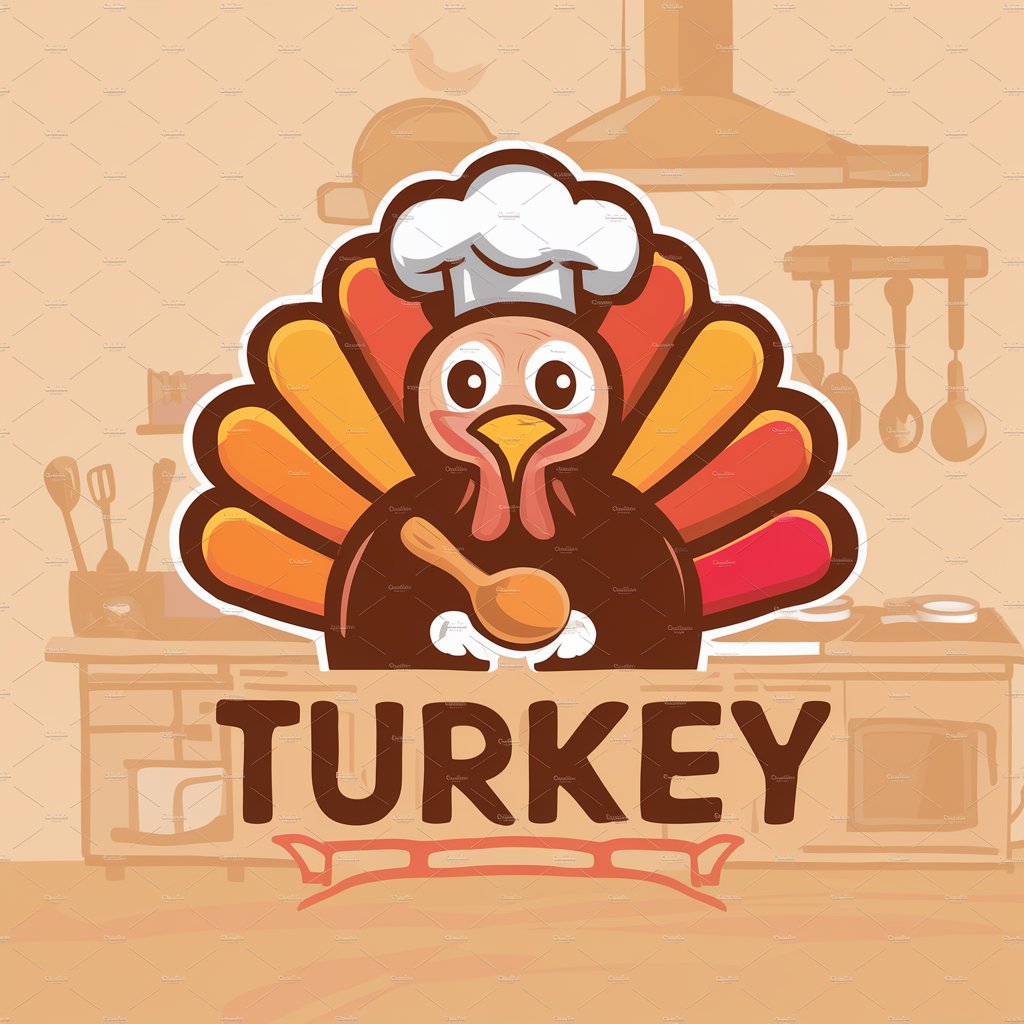
AI Culinary Companion
Your AI-Powered Kitchen Assistant
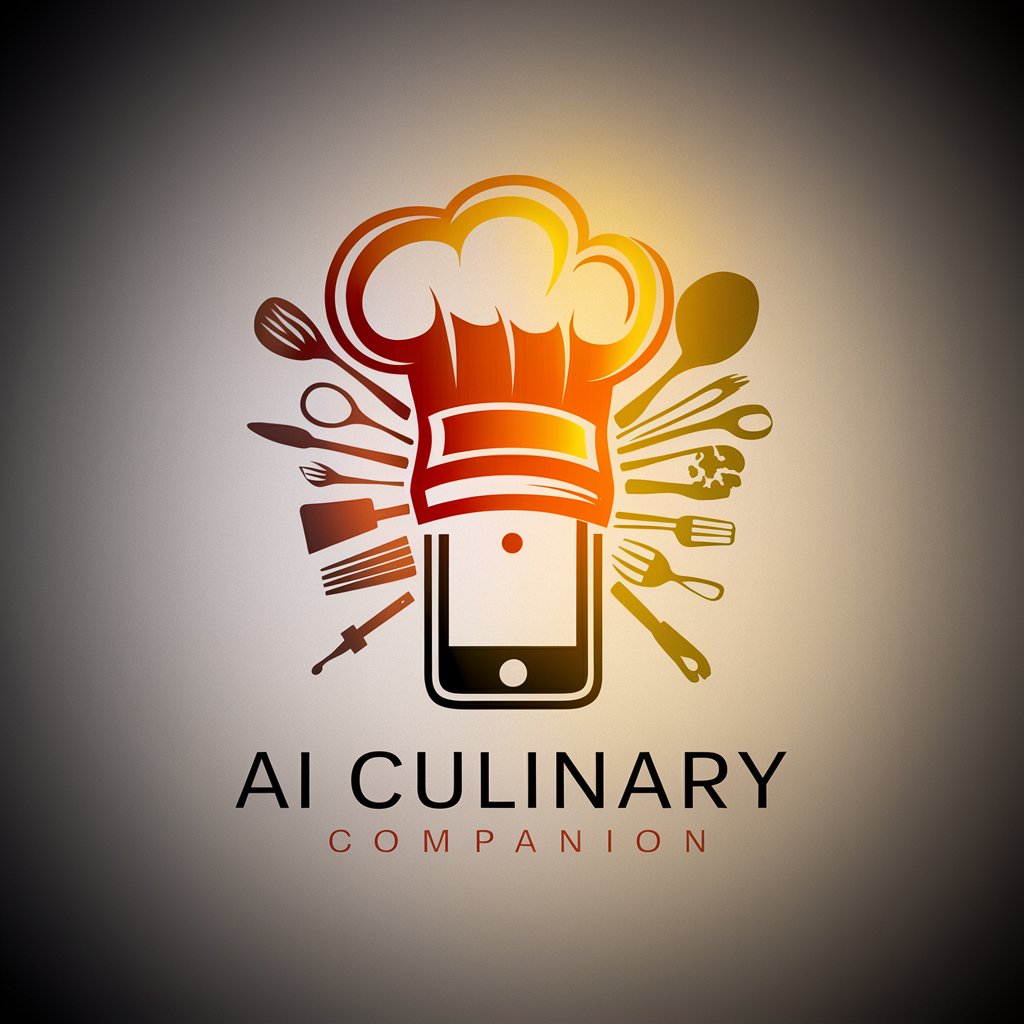
Ingredient Watch
Unlock the secrets behind your food

Indian Food
Explore Authentic Indian Flavors AI-Powered
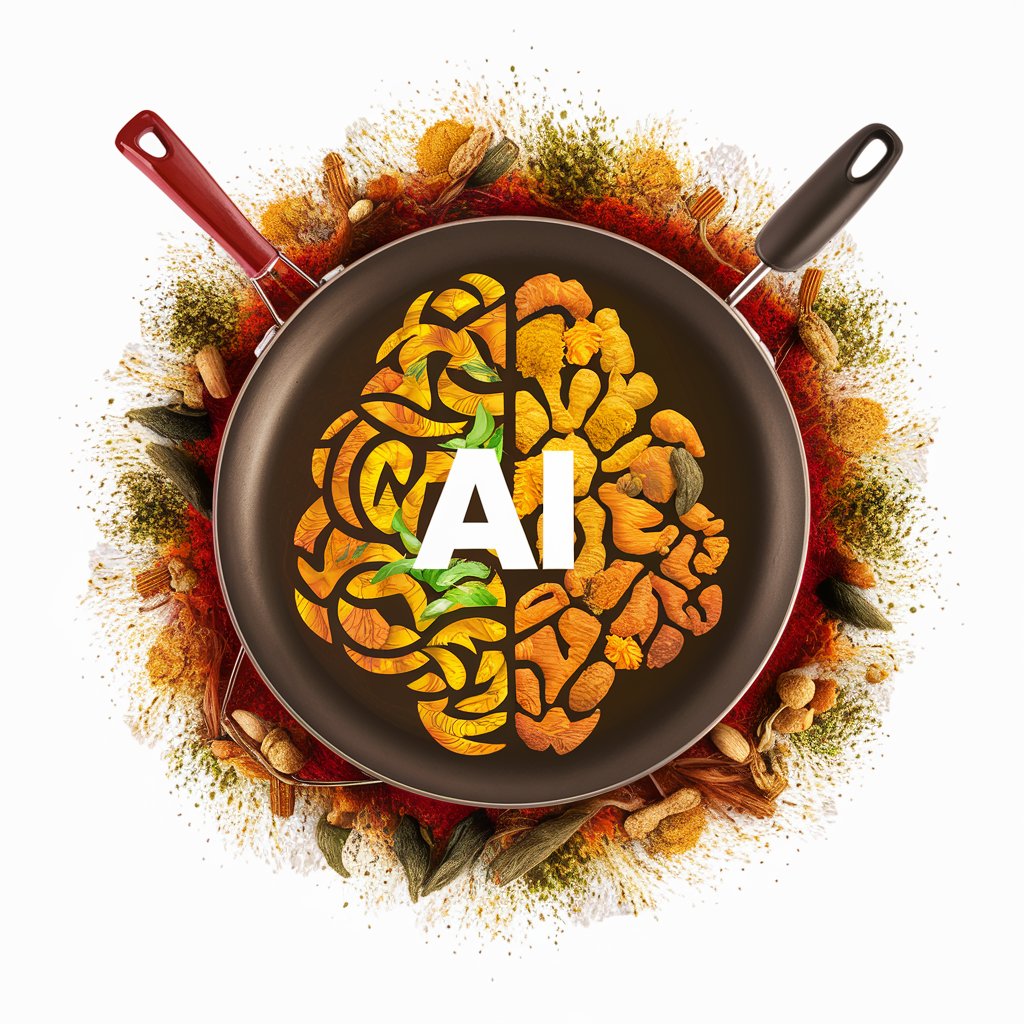
Chinese Food
Unleash culinary creativity with AI-powered Chinese cooking insights.

Baby Food
Nourishing Your Baby with AI
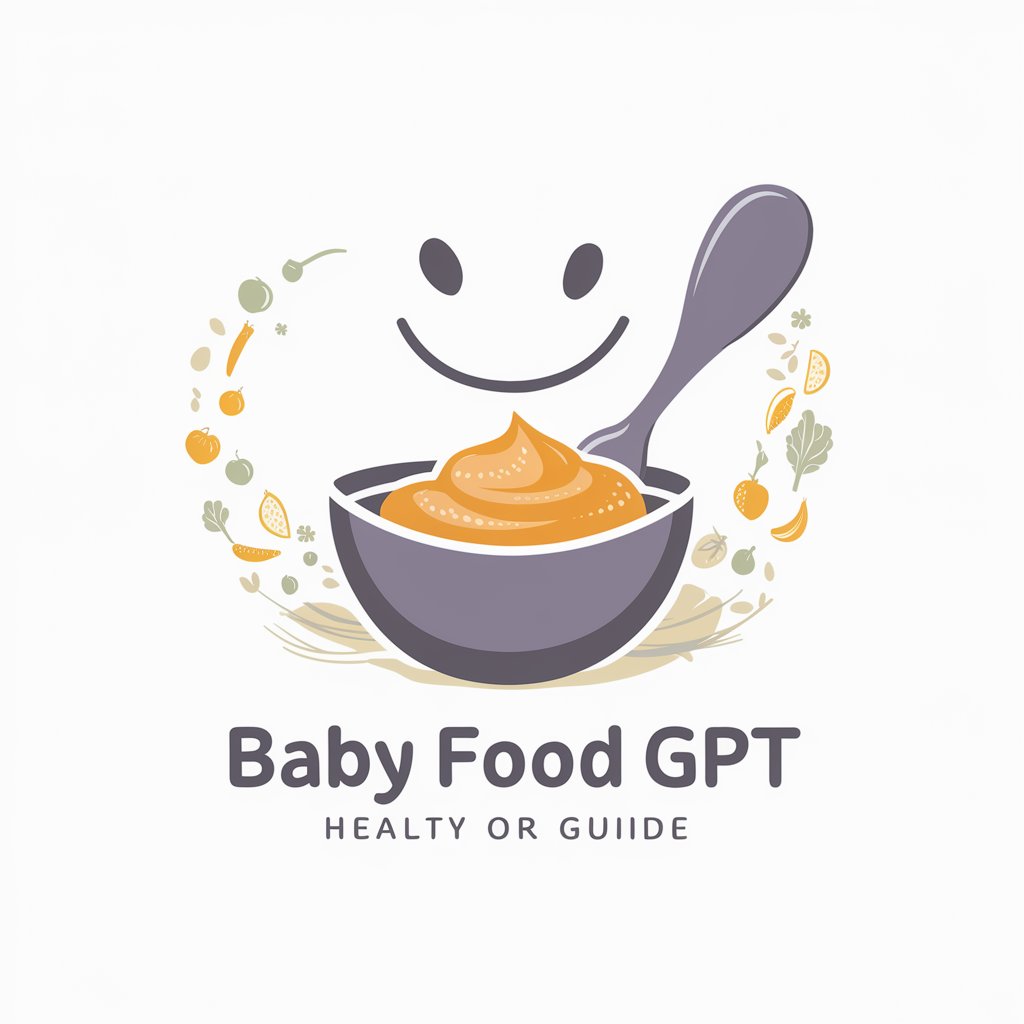
Non-Perishable
Empowering your pantry with AI
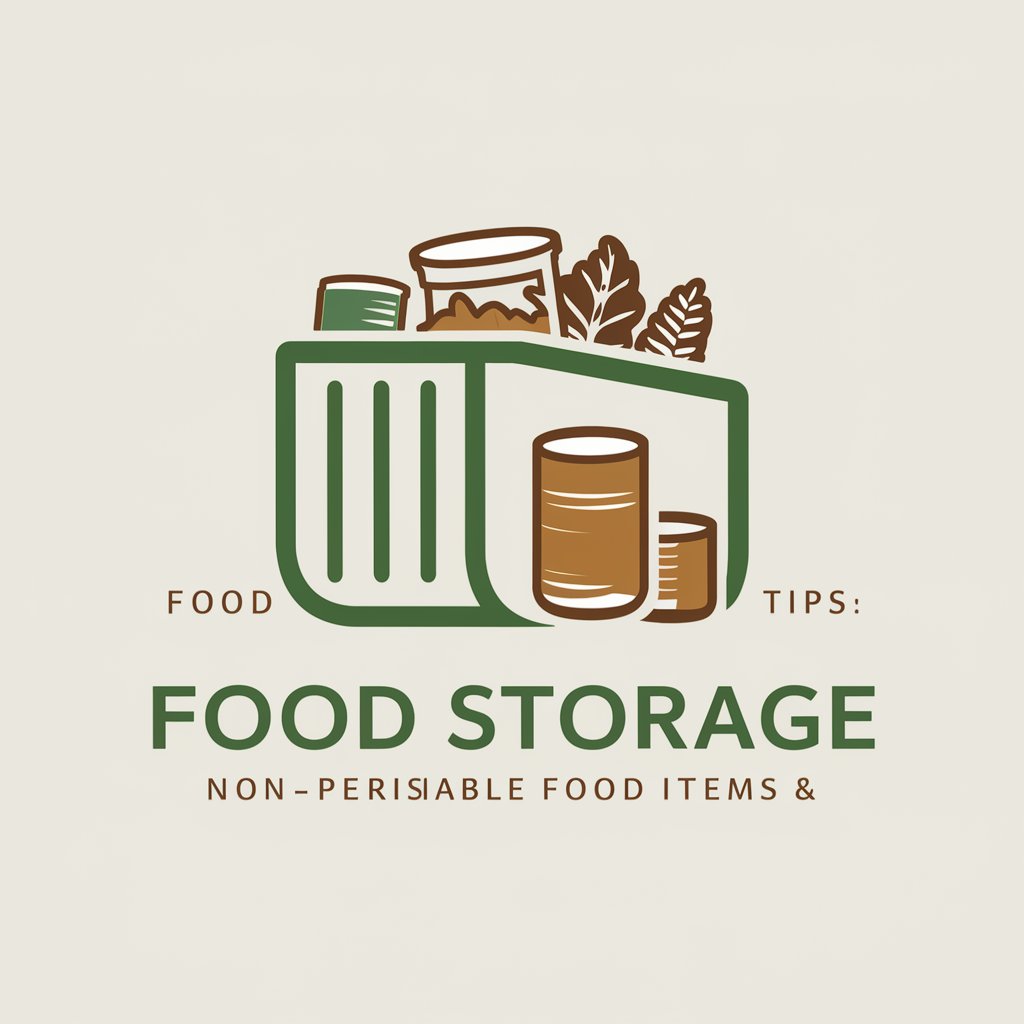
Survival Games Coach
Master survival games with AI-powered coaching.

Quiz
Empower Your Knowledge with AI Quizzes
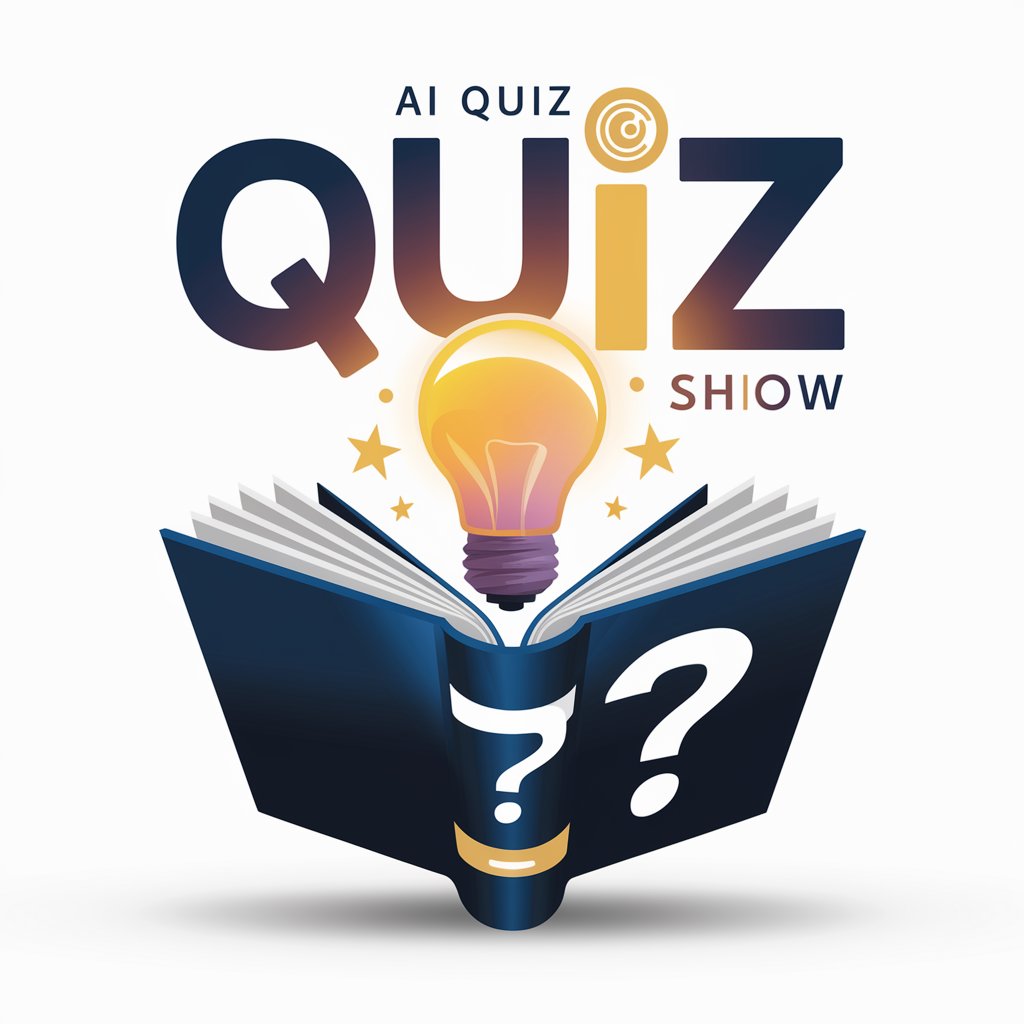
Racing Games Coach
Elevate Your Racing Game with AI Coaching

Gaming Review
Empowering Gamers with AI-Powered Insights
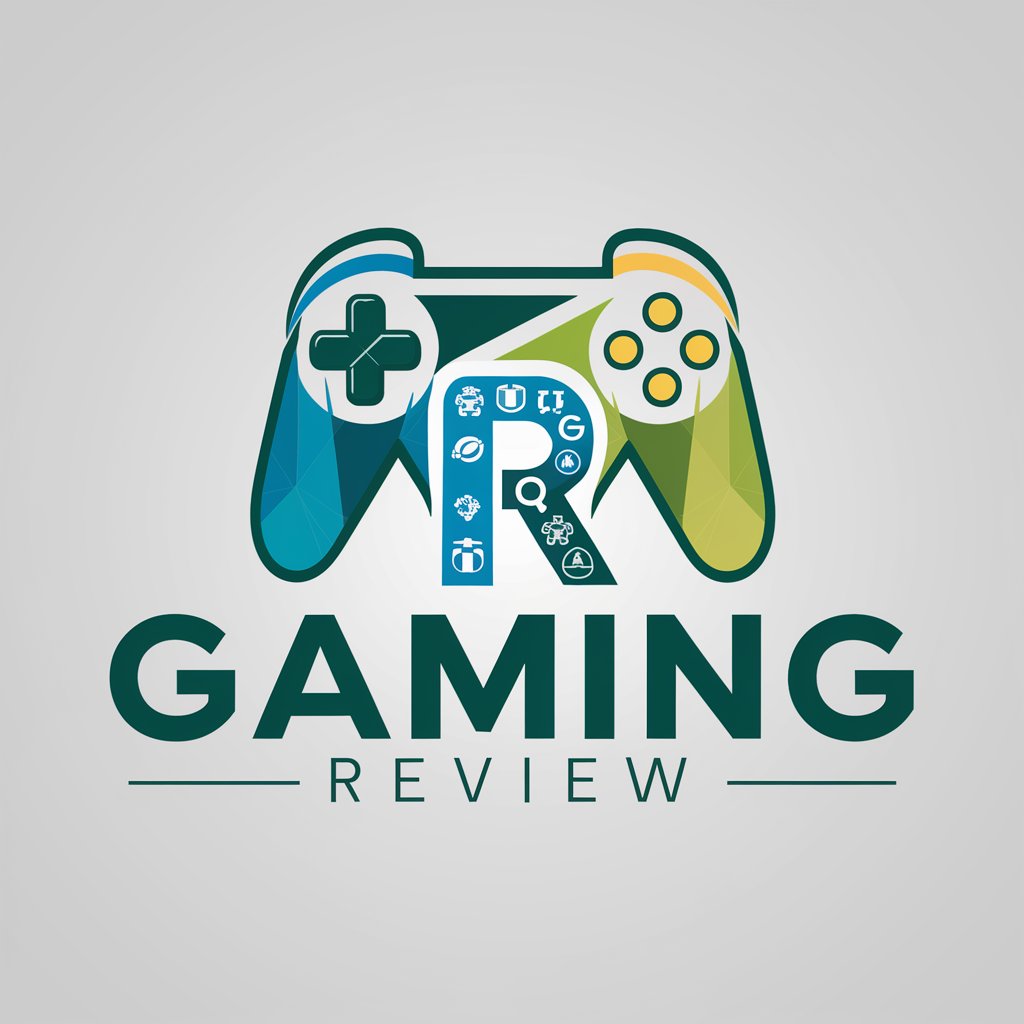
Gaming Reviews
Empower Your Gaming Choices with AI

Frequently Asked Questions About Eating Disorder AI Tool
Can this tool diagnose eating disorders?
No, the Eating Disorder AI tool is designed to provide information and support, not to diagnose. It's essential to seek a professional evaluation for a diagnosis.
Is the information provided by the tool confidential?
Yes, interactions with the tool are designed to be private. However, it's important to note that the tool is not a substitute for professional therapy.
How can this tool help someone with an eating disorder?
The tool offers educational content, coping strategies, and guidance on seeking professional help, supporting individuals in understanding and navigating their recovery journey.
Can I use this tool for someone else?
Yes, the tool can be used to gather information and support for friends, family members, or anyone else you're concerned about.
How often should I use this tool?
Use the tool as often as needed. Regular engagement can provide ongoing support and information as you navigate the complexities of eating disorders.
